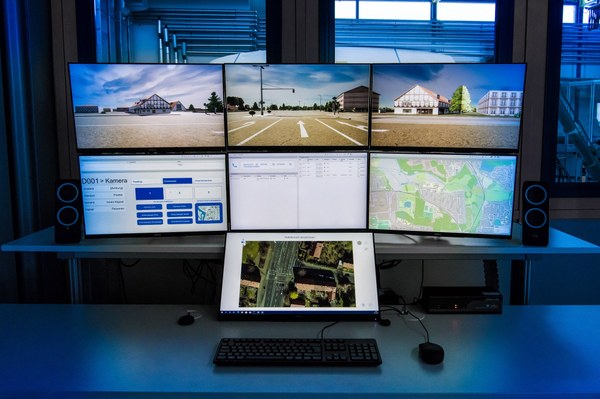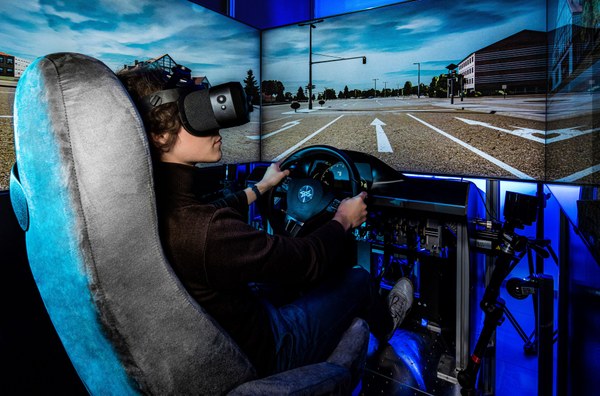Remote Assistance
The Institute of Transportation Systems at the German Aerospace Center (DLR) is conducting extensive research on an important component of future mobility: the development and implementation of remote assistance for connected and automated [...]



